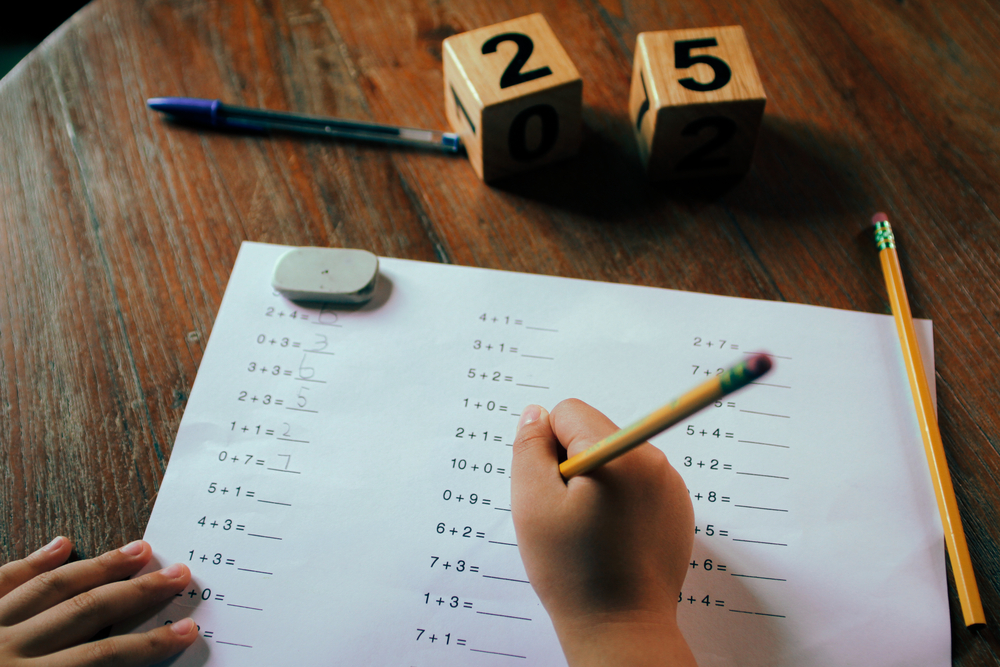Physical Science worksheets activities
6 filtered results
-
From - To
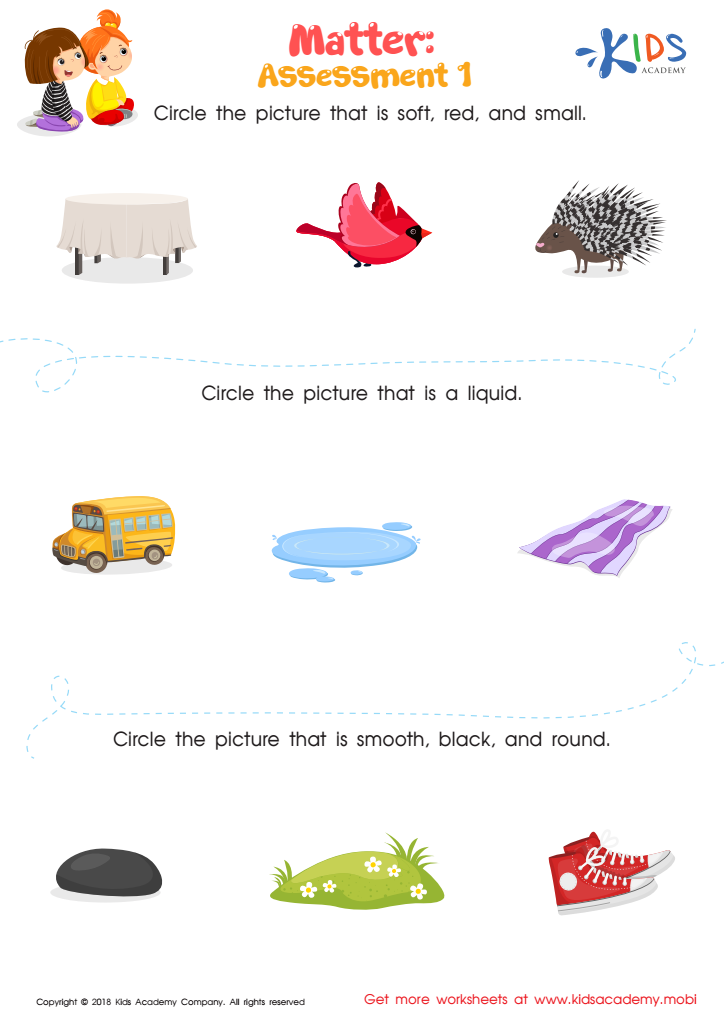

Matter: Assessment 1 Worksheet
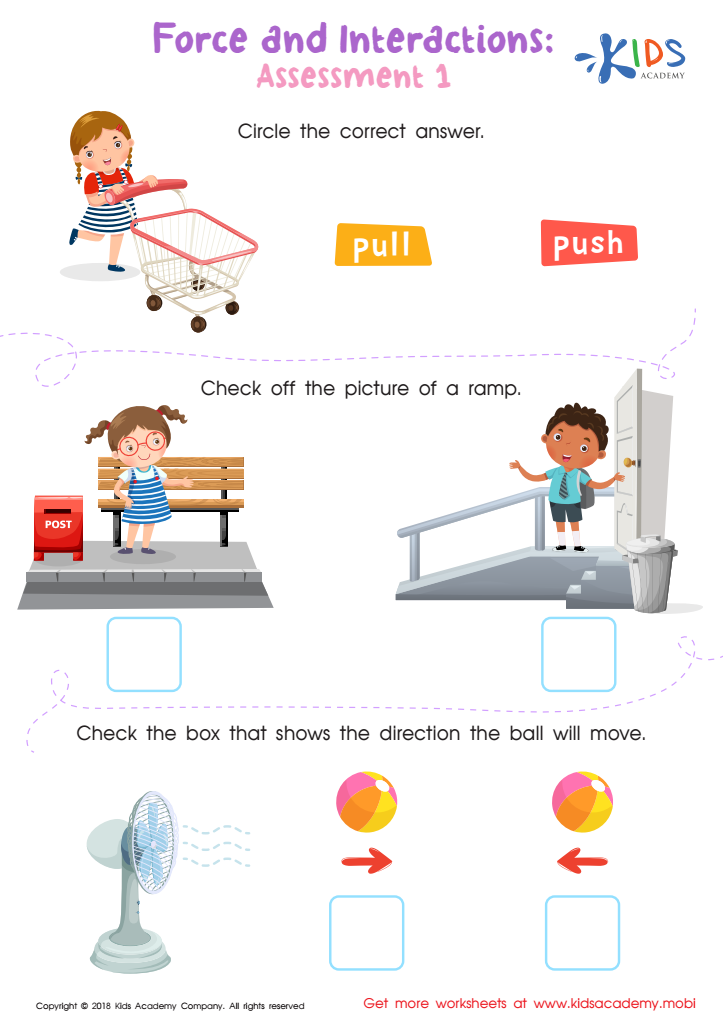

Force and Interactions: Assessment 1 Worksheet
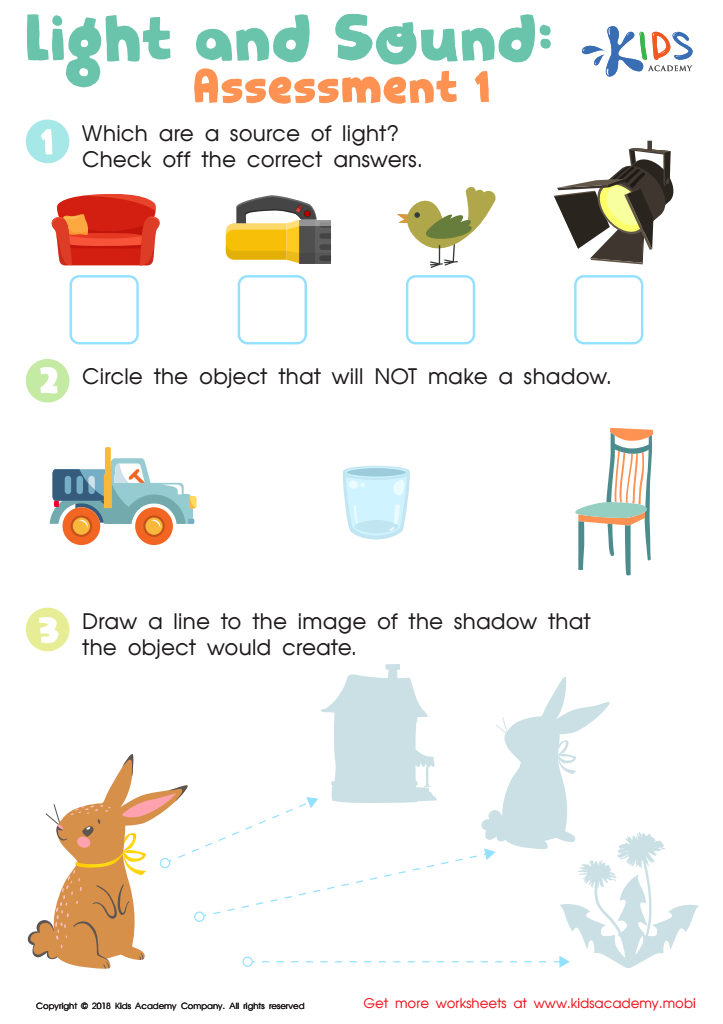

Light and Sound: Assessment 1 Worksheet
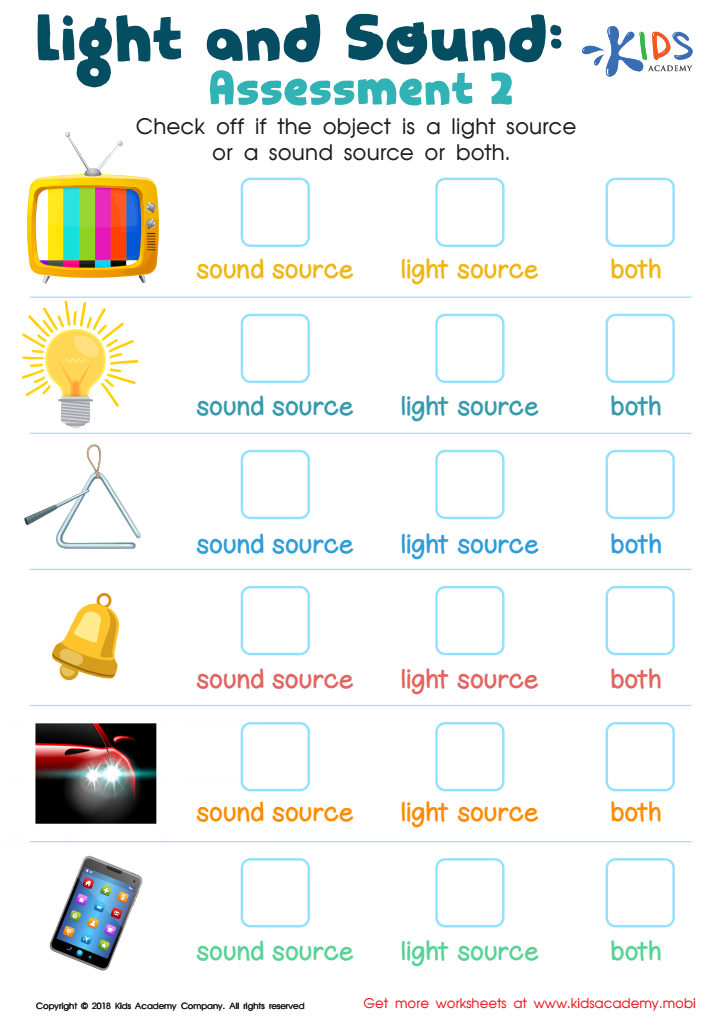

Light and Sound: Assessment 2 Worksheet


Force and Interactions: Assessment 2 Worksheet
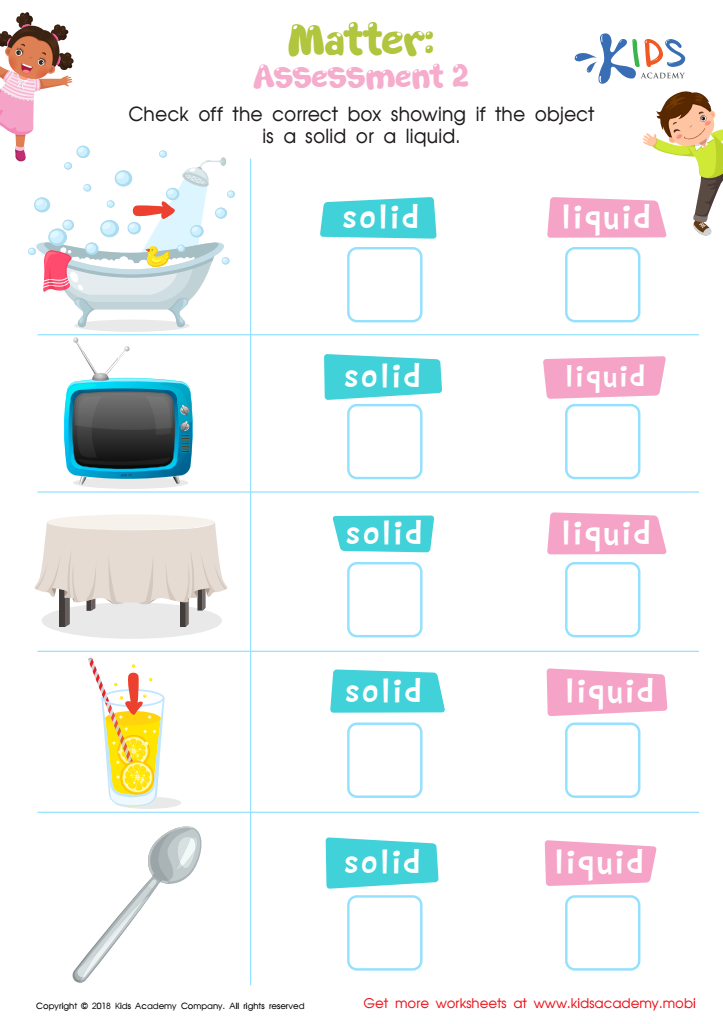

Matter: Assessment 2 Worksheet
Physical Science worksheets activities are an indispensable tool in the educational arsenal of teachers aiming to kindle a student's interest and understanding in the vast and fascinating world of physical science. These activities serve numerous educational purposes and benefits, making them an essential component of science education.
Firstly, Physical Science worksheets activities provide a structured way for students to engage with complex subjects such as physics and chemistry. By breaking down intricate concepts into more manageable tasks, these worksheets make the learning process less intimidating and more accessible. This scaffolded approach not only enhances comprehension but also boosts students' confidence as they tackle various topics within the discipline.
Moreover, these activities encourage active learning. Instead of passively absorbing information from textbooks or lectures, students interact directly with the material through practical exercises and experiments outlined in the worksheets. This hands-on approach significantly improves retention rates and deepens understanding, as students are more likely to remember concepts they have actively explored and applied.
Another benefit of Physical Science worksheets activities is their flexibility. They can be tailored to suit different learning styles and levels of competence. Whether a student thrives through visual learning, hands-on experiments, or problem-solving tasks, worksheets can be designed to meet these diverse needs. Furthermore, they can be used in a variety of settings – from classroom group activities to individual homework assignments – providing continuous learning opportunities beyond the school environment.
Importantly, Physical Science worksheets activities also foster critical thinking and problem-solving skills. As students navigate through the exercises, they are challenged to apply logical reasoning, analyze data, and draw evidence-based conclusions. These skills are not only vital for mastering physical science but are also transferable to other academic subjects and real-world scenarios.
In conclusion, Physical Science worksheets activities are invaluable for bringing the dynamic world of physical science to life. They facilitate a deeper understanding, encourage active participation, cater to individual learning needs, and develop essential cognitive skills, making them a key resource in science education.
 Assign to the classroom
Assign to the classroom

